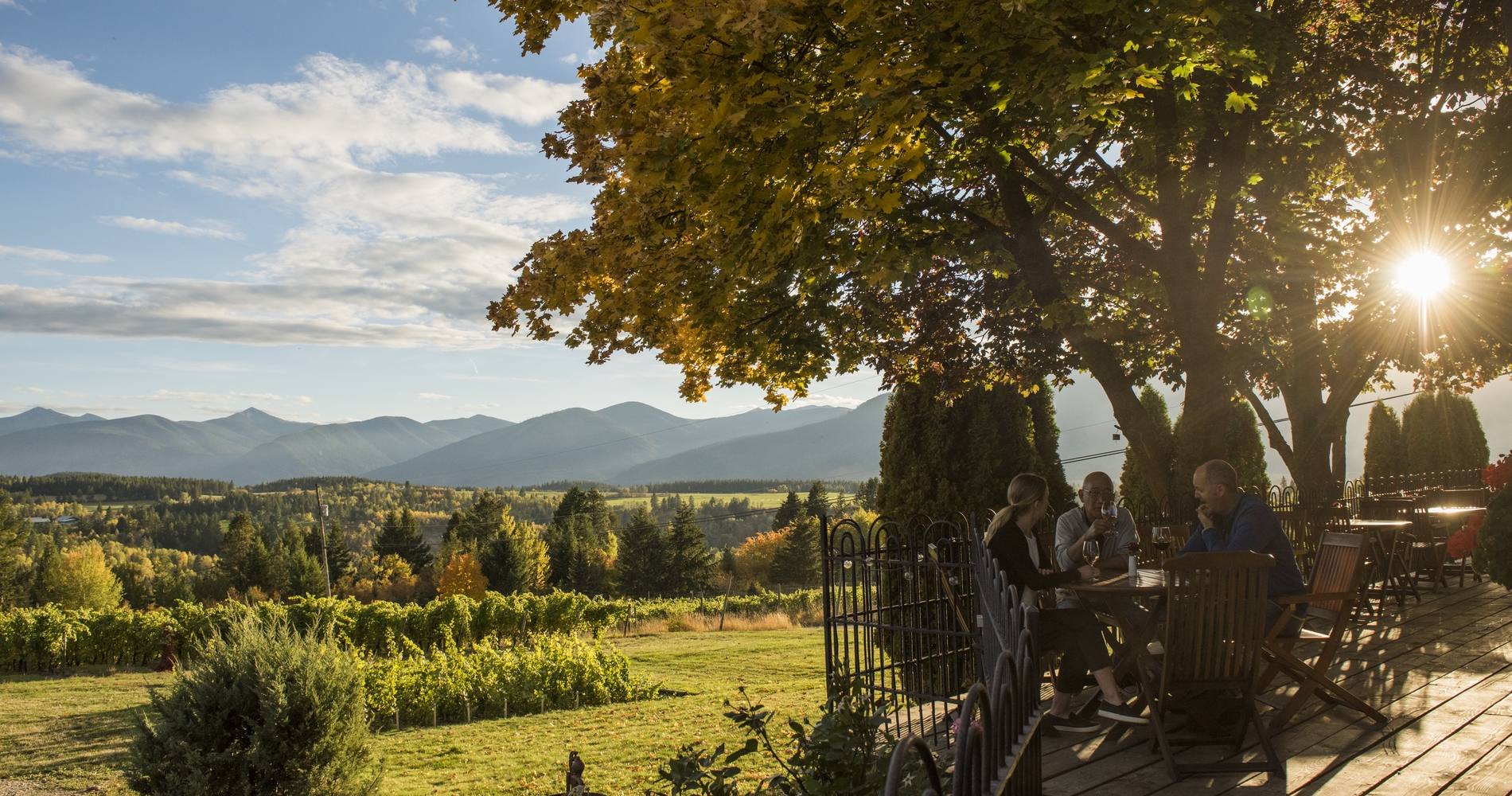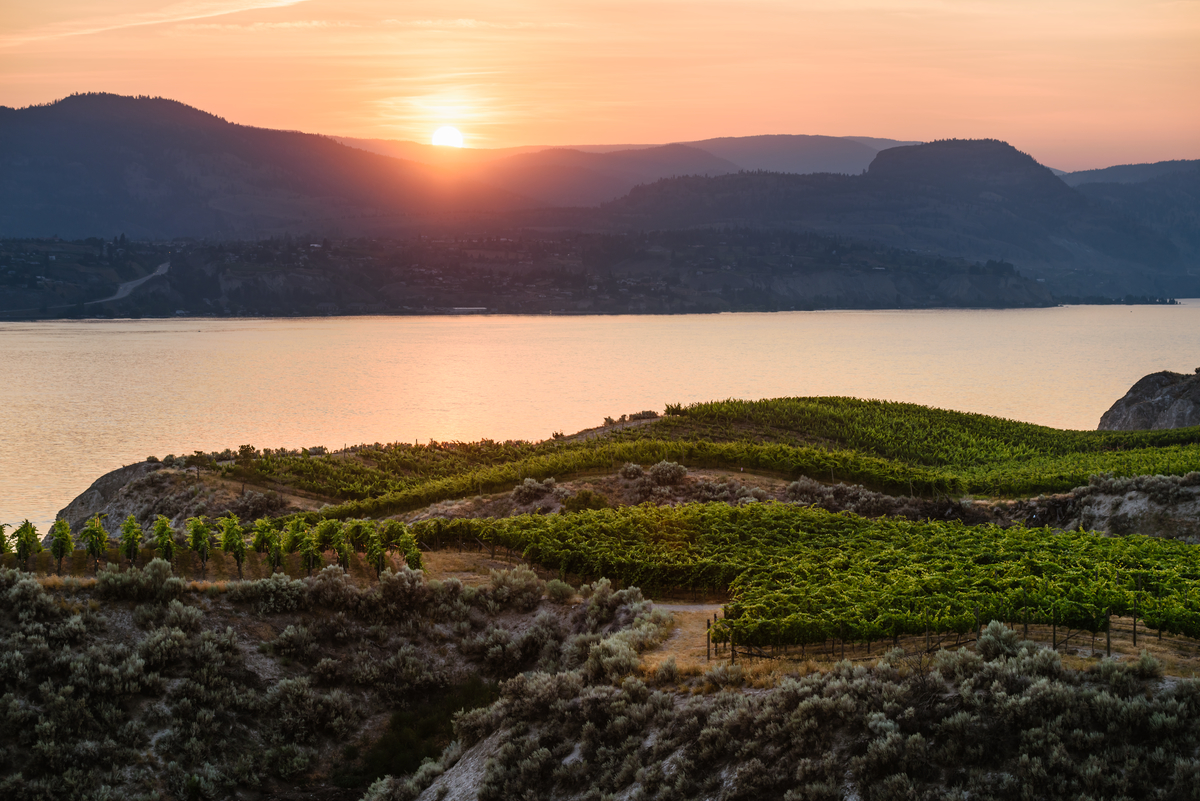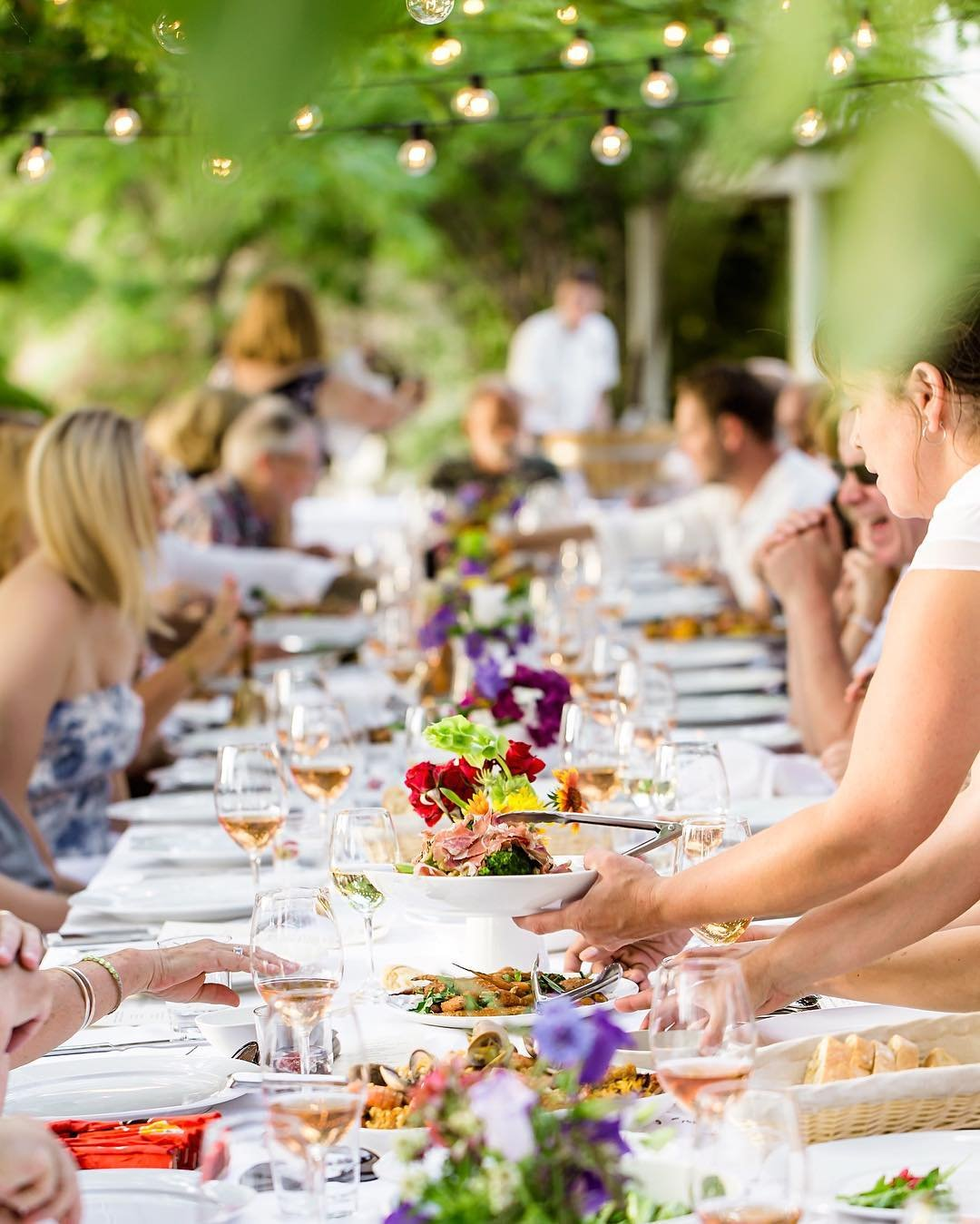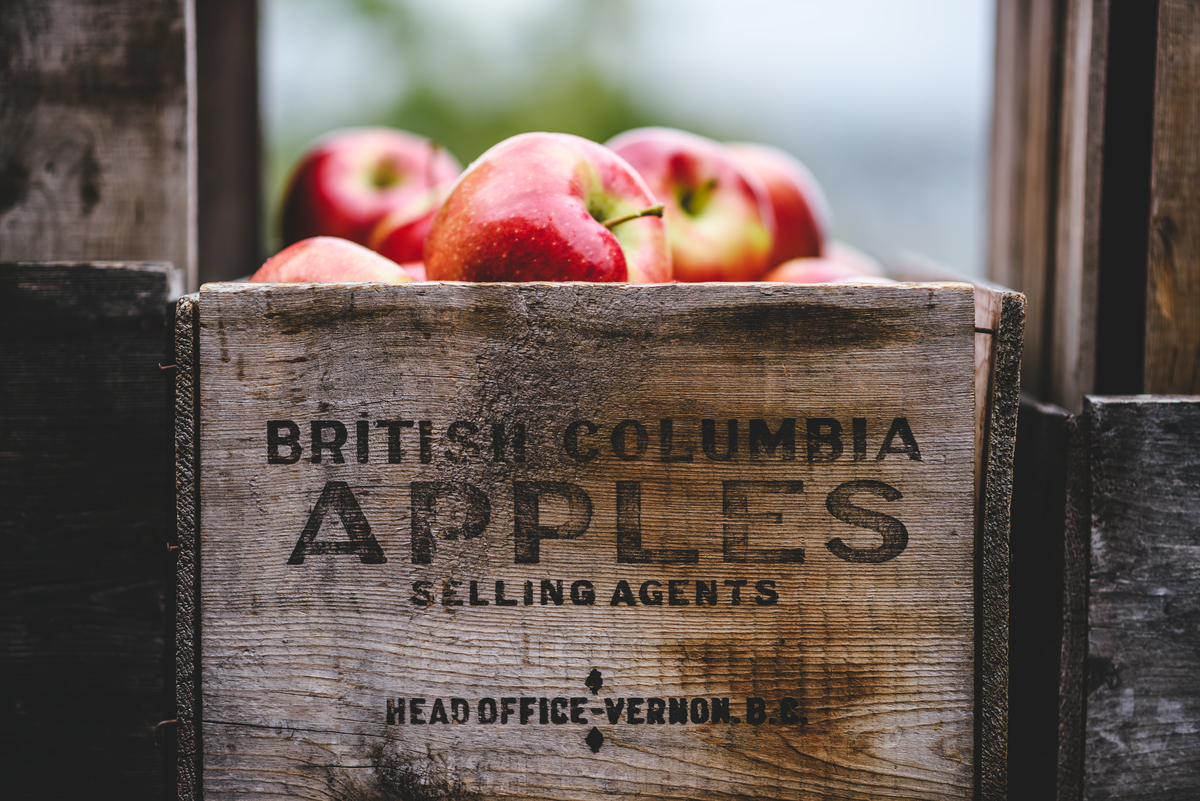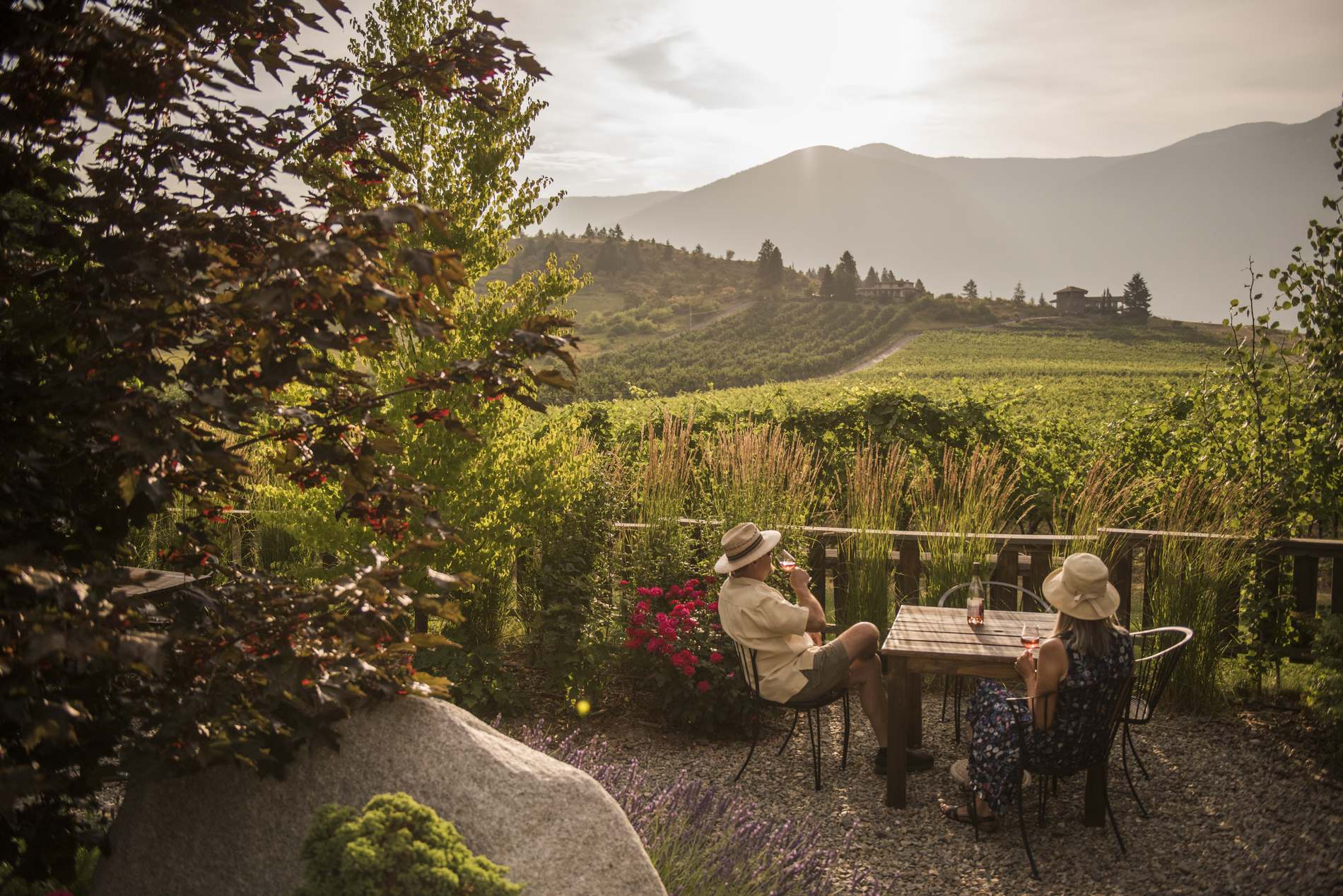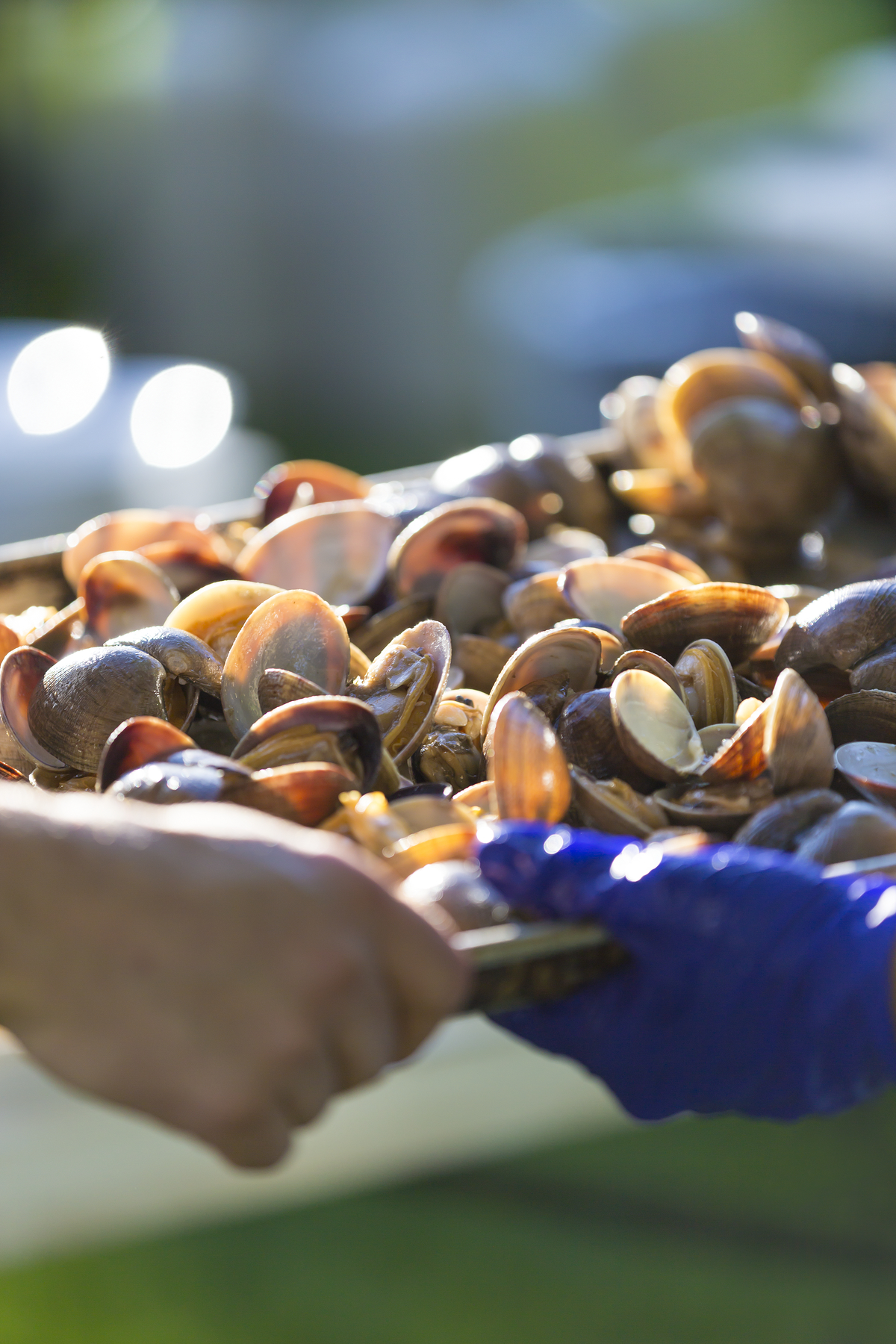There’s a reason that food is such a big part of travel. Yes, because we all need sustenance, but there’s much more to it. To eat the local food is to know a place. A trip to Paris or Bangkok or Marrakech without eating French or Thai or Moroccan food is hard to fathom. Likewise, to eat in BC is to better understand the land and its people.
Food doesn’t just nourish our bodies, it nourishes our souls. Few experiences engage the senses as fully. Close your eyes, and the taste of freshly caught Pacific salmon can conjure the sounds and smells of the ocean. The earthy flavour of a newly foraged mushroom can make you feel like you’re in the rainforest. The key is to eat slowly and deliberately, savouring each bite.
Mindful eating, and the notion of honouring food, goes back many thousands of years. BC’s Indigenous Peoples have always had a reciprocal relationship with food and with the natural environment that centres around gratitude and respect. The people protect the land and the animals, and in turn, nature takes care of the needs of the people.
Science tells us that time in nature can heal. It allows our minds and our bodies to reset, and there is a measurable change in the way our brains function, ranging from enhanced creativity to a heightened ability to problem solve. In her book The Nature Fix, Florence Williams demonstrates how as few as three days in nature can impact us positively. Food helps us connect with nature. To a sense of place.
Here, we call it the British Columbia Effect.


